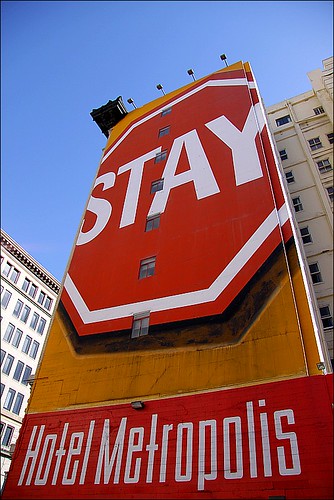2009 Permanent Disability Rating Schedule

I’ve been getting a lot of questions about the Draft 2009 Permanent Disability Rating Schedule. There is no 2009 Permanent Disability Rating Schedule. ((Photo courtesy of wenzday01))
Yes, yes, I know we’re supposed to have a new schedule per 8 CCR 9805, but the proposed draft 2009 PDRS was never approved.
Overall, the draft 2009 Permanent Disability Schedule doesn’t change much from the existing 2005 schedule. The biggest change is in the application of the FEC rank adjustment. Instead of increasing permanent disability between 10% and 40%, the proposed FEC rank system would increase permanent disability between 20% and 50%. Additionally, the proposal suggested juggling the various ranks among the body regions. If you’re curious about the exact proposed changes, the DWC Newsline gave a really great overview back on May 9, 2008.
Here’s the take-away:
- The 2009 Draft Permanent Disability Rating Schedule was not approved.
- The only official schedule for injuries on or after 1/1/2005 is the current 2005 Permanent Disability Rating Schedule.
- The DEU’s own webpage, updated on 10/2009 as of the date of this posting, doesn’t even offer a link to the 2009 draft schedule.



